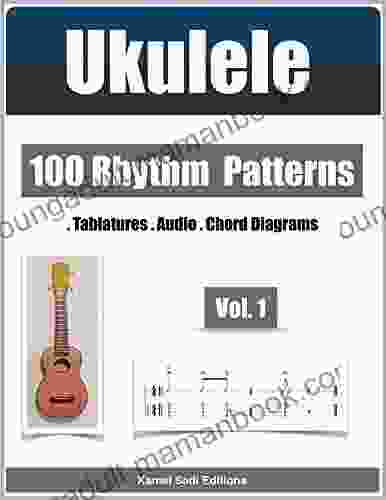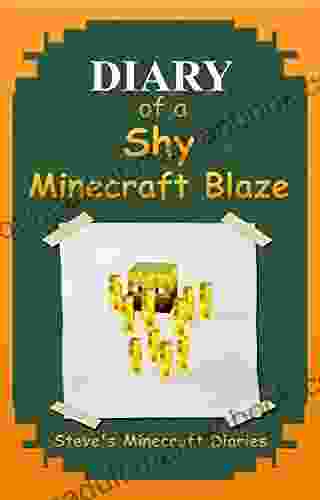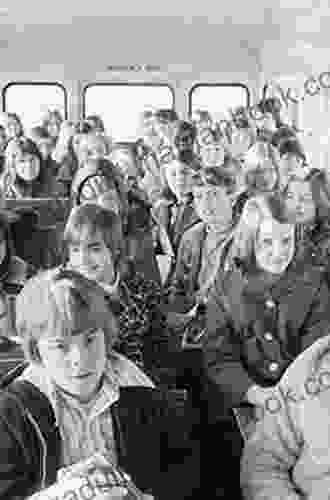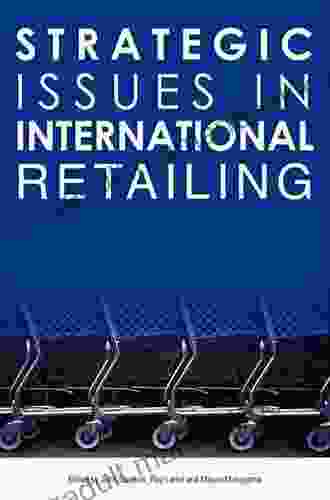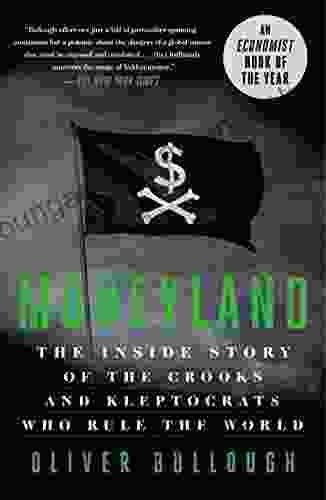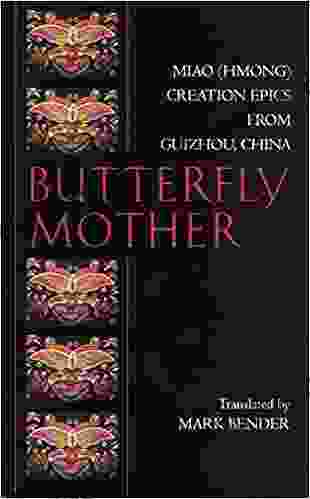Applications of Dyes and Their Significance in the Textile Industry

:
Dyes play a pivotal role in the textile industry, transforming fabrics into vibrant expressions of color and design. Understanding the various applications of dyes is crucial for professionals involved in textile production, design, and research. This article provides a comprehensive overview of the diverse applications of dyes, exploring their significance and impact on the textile industry.
Synthetic Dyes: A Modern Revolution:
Synthetic dyes, developed in the 19th century, revolutionized the textile industry. These dyes, derived from petrochemical sources, offer an extensive color palette, improved lightfastness, and reproducibility. Synthetic dyes are widely employed in various textile applications, including:
5 out of 5
| Language | : | English |
| File size | : | 7061 KB |
| Text-to-Speech | : | Enabled |
| Screen Reader | : | Supported |
| Enhanced typesetting | : | Enabled |
| Print length | : | 336 pages |
- Direct Dyes: These water-soluble dyes have excellent affinity for cellulosic fibers, such as cotton and rayon. They are commonly used in dyeing large volumes of fabrics for mass-produced garments and home textiles.
- Disperse Dyes: Designed for dyeing synthetic fibers like polyester and nylon, disperse dyes offer superior resistance to fading and abrasion. They are used in sportswear, swimwear, and other outdoor textiles.
- Reactive Dyes: Reactive dyes form covalent bonds with cellulose fibers, resulting in exceptional colorfastness and wash durability. They are commonly used in high-end fashion and performance fabrics.
Natural Dyes: Embracing Tradition:
Natural dyes, derived from plants, animals, or minerals, have been used for centuries to color textiles. While their usage has declined due to the advent of synthetic dyes, natural dyes continue to be valued for their unique hues and eco-friendly nature. Some notable applications of natural dyes include:
- Indigo Dye: Extracted from the indigo plant, indigo dye produces a deep, rich blue color. It is widely used in denim, workwear, and traditional textiles.
- Madder Dye: Derived from the madder root, madder dye yields a range of colors, from orange to red. It is used in oriental rugs, tapestries, and artistic fabrics.
- Cochineal Dye: Obtained from cochineal beetles, cochineal dye produces a vibrant red color. It is traditionally used in luxury fabrics and cosmetics.
Dyes in Textile Manufacturing Processes:
Dyes are essential components in various textile manufacturing processes, including:
- Yarn Dyeing: Dyes are applied to yarns before weaving or knitting. This technique ensures even distribution of color throughout the fabric and is often used in patterned fabrics.
- Piece Dyeing: Dyes are applied to finished fabrics, resulting in uniform coloration. This method is commonly employed in mass-production of solid-colored fabrics.
- Garment Dyeing: Garments are dyed after construction, allowing for customized color variations and patterns. This technique is popular in fashion and streetwear.
Environmental Considerations:
The use of dyes in the textile industry has raised environmental concerns. Synthetic dyes can release harmful chemicals into water bodies and contribute to air pollution. Natural dyes, while more eco-friendly, require large amounts of raw materials and may not meet the performance requirements of modern textile applications. Sustainable dyeing practices, such as using low-impact dyes, optimizing dye usage, and employing eco-friendly dyeing techniques, are crucial for minimizing environmental impact.
:
Dyes are indispensable to the textile industry, enabling the creation of colorful and versatile fabrics. The development and application of both synthetic and natural dyes have shaped the history and evolution of textiles. Understanding the diverse applications of dyes is essential for professionals involved in textile production, design, and research. By embracing sustainable practices and embracing innovation, the industry can continue to harness the transformative power of dyes while minimizing environmental impact.
5 out of 5
| Language | : | English |
| File size | : | 7061 KB |
| Text-to-Speech | : | Enabled |
| Screen Reader | : | Supported |
| Enhanced typesetting | : | Enabled |
| Print length | : | 336 pages |
Do you want to contribute by writing guest posts on this blog?
Please contact us and send us a resume of previous articles that you have written.
 Top Book
Top Book Novel
Novel Fiction
Fiction Nonfiction
Nonfiction Literature
Literature Paperback
Paperback Hardcover
Hardcover E-book
E-book Audiobook
Audiobook Bestseller
Bestseller Classic
Classic Mystery
Mystery Thriller
Thriller Romance
Romance Fantasy
Fantasy Science Fiction
Science Fiction Biography
Biography Memoir
Memoir Autobiography
Autobiography Poetry
Poetry Drama
Drama Historical Fiction
Historical Fiction Self-help
Self-help Young Adult
Young Adult Childrens Books
Childrens Books Graphic Novel
Graphic Novel Anthology
Anthology Series
Series Encyclopedia
Encyclopedia Reference
Reference Guidebook
Guidebook Textbook
Textbook Workbook
Workbook Journal
Journal Diary
Diary Manuscript
Manuscript Folio
Folio Pulp Fiction
Pulp Fiction Short Stories
Short Stories Fairy Tales
Fairy Tales Fables
Fables Mythology
Mythology Philosophy
Philosophy Religion
Religion Spirituality
Spirituality Essays
Essays Critique
Critique Commentary
Commentary Glossary
Glossary Bibliography
Bibliography Index
Index Table of Contents
Table of Contents Preface
Preface Introduction
Introduction Foreword
Foreword Afterword
Afterword Appendices
Appendices Annotations
Annotations Footnotes
Footnotes Epilogue
Epilogue Prologue
Prologue Nesim Nuredinovski
Nesim Nuredinovski Amanda Hanna
Amanda Hanna Christina F York
Christina F York Ronnie Bachman
Ronnie Bachman Kelle Z Riley
Kelle Z Riley Sy Montgomery
Sy Montgomery Michael Mcfaul
Michael Mcfaul Allison Pataki
Allison Pataki Ellery Adams
Ellery Adams Joel Goldman
Joel Goldman Matty Dalrymple
Matty Dalrymple Tish Thawer
Tish Thawer Anthea Peries
Anthea Peries Novus Fishing
Novus Fishing Allison M Boot
Allison M Boot Pleasant Surprise
Pleasant Surprise Jane Mizrahi Licsw
Jane Mizrahi Licsw D J Palmer
D J Palmer Catherine Sophian
Catherine Sophian Todd Fahnestock
Todd Fahnestock
Light bulbAdvertise smarter! Our strategic ad space ensures maximum exposure. Reserve your spot today!
 Beau CarterFollow ·6.3k
Beau CarterFollow ·6.3k Lawrence BellFollow ·9.4k
Lawrence BellFollow ·9.4k F. Scott FitzgeraldFollow ·5k
F. Scott FitzgeraldFollow ·5k Mario Vargas LlosaFollow ·19.8k
Mario Vargas LlosaFollow ·19.8k Tyrone PowellFollow ·19.6k
Tyrone PowellFollow ·19.6k Ben HayesFollow ·7k
Ben HayesFollow ·7k Adrian WardFollow ·9.8k
Adrian WardFollow ·9.8k Colton CarterFollow ·12.2k
Colton CarterFollow ·12.2k

 Yukio Mishima
Yukio MishimaUnveiling the Zimmermann Telegram: A Pivotal Document in...
The Zimmermann Telegram, a diplomatic...
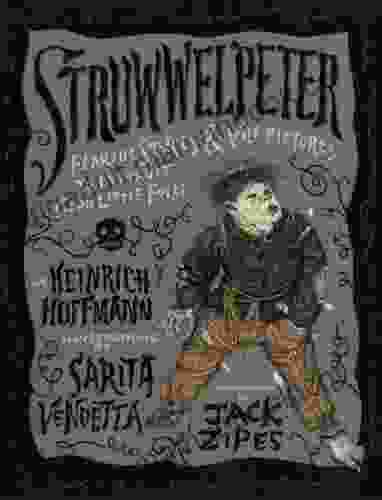
 George Martin
George MartinFearful Stories and Vile Pictures to Instruct Good Little...
In the annals of children's literature, few...
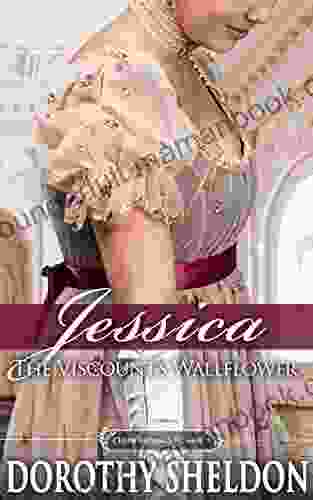
 Grant Hayes
Grant HayesJessica the Viscount Wallflower: A Tale of Transformation...
In the opulent ballrooms and glittering...

 Jerome Blair
Jerome BlairThe Economics of the Global Defence Industry: A...
The global...
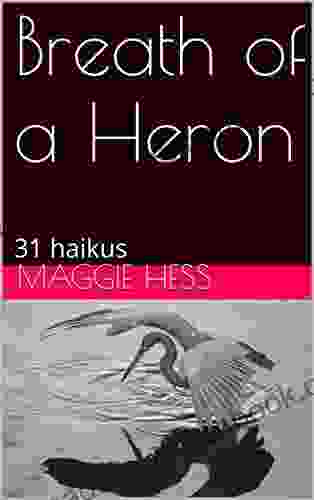
 Blake Kennedy
Blake KennedyBreath of Heron - A Window into the Poetic Depths of...
In the realm of...
5 out of 5
| Language | : | English |
| File size | : | 7061 KB |
| Text-to-Speech | : | Enabled |
| Screen Reader | : | Supported |
| Enhanced typesetting | : | Enabled |
| Print length | : | 336 pages |



